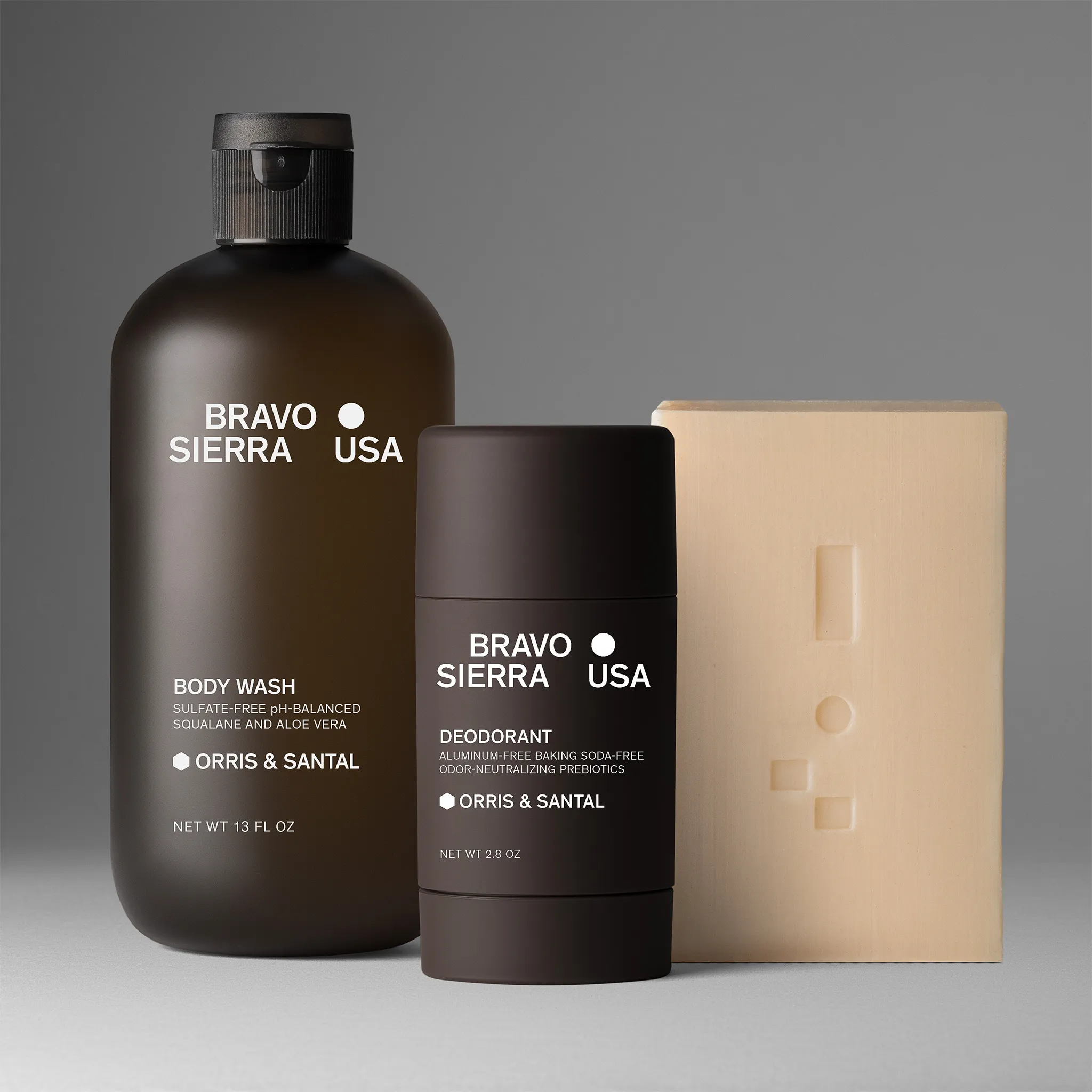Customer acquisition is directed towards acquiring a new client. Be it making some quality product photos for an e-commerce store, preparing a list of subscribers for email marketing, setting up Google Ads, or posting company news on social media.
Is there a foolproof recipe for setting up customer acquisition?
Not a chance. Every variable affects the next — it’s all connected.
Say, a SaaS product cannot approach the mission with the same tools as a high-end jewelry e-commerce store. Say, a clothing store in a small town in India will hardly use the same techniques as a small clothing boutique in Notting Hill. The multi-million car retailer will use tools other than those of a local car dealer.
Change one piece, and the rest shifts.
Even though we don’t have a one-size-fits-all recipe, let us familiarize you with the main ingredients of the killer customer acquisition strategy. Mix and match them in your strategy marketing boiling pot per your taste and business needs.
So, what is efficient customer acquisition?
To start with the obvious one, it will be to claim that an increasing customer acquisition rate over the comparative period is a healthy trend. This is a very ballpark statement with lots of “but”s to it.
Let's consider a scenario where you are a diner in a rural town of 5K people. However much you invest in paid ads or SMM promotion, you are not going to significantly increase your customer base. There are simply not enough people, and they all are your customers already.
Let's consider another scenario: your e-commerce store sells the best dog clothing for a particular breed of dogs. You own a Facebook group, too, devoted to the upbringing of this breed, and everybody who has these super expensive dogs knows your brand and buys from you. Your online store name coincides with the name of the breed. But there's only as much demand to go by.
In both cases, customer acquisition is a minor mission for a business, and its growth is next to impossible in the long term, while in the short term, you may be 100% happy with the dynamics.
The second assumption will be to suggest that customer acquisition is efficient when the revenue is growing through the growth of the average check, which is a good parameter to take into account.
Say, you managed to master the channels, which brings you a more affluent customer, who tends to buy more items or the premium line, which allows for a greater margin.
In this case, even in the situation where the number of new customers per month or year does not see a positive change from one period to another, the growth of the average check makes this scenario beneficial to the business.
Another sign of a sustainable customer acquisition process would be when a business manages to bring in as many new clients as to balance off the lost ones. This argument can be true under the following circumstances:
- Your addressable market is not unlimited
- You are happy with your margins
- Your manufacturing production is limited in volume, not scalable:
- Due to manual skilled work (there are only X people who can make 1 item per day in your state)
- Rare resources items are made of (coffee Luwak, a rare type of wool, antiques, collectibles)
- Due to time restraints (years to grow grape vines, years to mature cheese, etc)
In this case, as long as you attract enough new customers to zero out the ones your business didn't manage to retain, you are fine. The same margins are coming that you are prepared to cater to.
You are acquiring more new customers than your competitors are. Even though you may be seeing a decline in YOY (year-over-year) figures of new customers. Even though you may be seeing a decline in conversion rates in all stages of the funnel. Even though you may be seeing a smaller average check compared to the previous period, this may still mean an efficient customer acquisition.
How is that? As long as you are increasing your market share in the new customers' segment, this is healthy. Such a situation will apply in two cases:
- Global or country-wide financial crises, whereby customers have smaller buying power overall.
- Industry die-out, for example, coal mining or CDs – whereby, despite an overall decline in figures across the industry, you may be managing to attract more than your competitors do, growing your market share.
Every business is unique, but we have outlined the main scenarios and metrics so that you can conclude that your customer acquisition rate is substantial.
Focus on the right acquisition channel for your e-commerce
Every marketing channel out there may be a perfect fit for the customer acquisition process. But not every one of them is a perfect match for your specific business, GEO, and niche.
While choosing a perfect channel for your business, consider the below:
- Make sure that your marketing team does due diligence before you invest your resources into a specific channel. Research the local competitors, global players, and local equivalents in other countries. Pick up their best practices.
- Start with lower-cost but high-impact ones. For example, make sure you are present on every central marketplace and price comparison site. E-commerce marketplaces like Amazon guarantee immediate online presence, and when well-optimized, some promising traffic.
- Always have at least 3 channels generating new leads for your business. Compare the Cost per Customer Acquisition and replace the least effective method with a new one.
- Involve your team in channel & technique selection. Brainstorm monthly, incentivize for best results, and put the department heads head-to-head to make the competitive spirit work for you.
What is the customer acquisition process for e-commerce?
E-commerce customer acquisition has specific features that have benefits and drawbacks:
- Digital promotion prevails – hardly ever do we see an offline promo for e-commerce. So it’s mainly about SEO, SEM, SMM, and other 3-letter acronyms. Only when you’ve gained some weight and cash as a business do you start to build your offline presence.
- The competition is strong. Digital marketing is filled with people who’ve been online their whole lives. They know the tools, follow the trends, and move fast. Many have built solid incomes through affiliate marketing, e-commerce, and dropshipping — not because they got lucky, but because they understand how the system works.
- The rules keep changing. Just look at Meta’s 2025 shift to AI-only ad delivery — no more manual audience targeting, just creative uploads and a lot of guesswork. The learning curve isn’t just steep anymore, it’s vertical.
- Acquiring customers is getting pricey. According to HubSpot, CAC has jumped 50% over the past five years. More spend, less return — and the curve isn’t slowing down.
- And trust? It's fading fast. Only 39% of consumers trust advertising in 2025. The old tactics aren’t just expensive — they’re getting ignored.
The customer acquisition process is traditionally broken down into the following stages, referred to as the marketing or conversion funnel:
- Awareness
- Interest
- Consideration
- Evaluation
- Decision
- Purchase
- Repeat
- Loyalty
- Advocacy
But once the purchase has occurred, we would consider the acquisition stage as finished; it is now time for the customer retention.
12 Customer Acquisition Tactics That Work in 2025
Digital marketing moves fast. Just look at Meta’s recent shift to AI-only ad delivery — no more manual targeting, just creative uploads and algorithmic guesswork. So, what actually works for acquiring customers in 2025?
Keep Your Content Fresh for Google
Don’t let old content fade into the background. Google favors updated, relevant pages — not forgotten ones. Revisit blog posts every few months. Add new info, tighten the structure, or refresh the visuals. Even minor updates can push a post back up the rankings.
Pro tip: update the publish date in your CMS only if you’ve made meaningful changes.
Influencer Marketing Still Works — Just Not the Way You Think
Influencer marketing in 2025 is less about follower count and more about fit. User-generated content is popping up now. Niche creators with engaged audiences often outperform big names. Whether it’s a tech YouTuber or a wellness micro-blogger, the key is alignment: does this person actually use — and trust — your product?
Start with:
- Finding creators already active in your space.
- Offering value (free product, insight, access).
- Building relationships, not just transactions.
Align Content with Search Intent
Google Search Console remains a goldmine. Use it to see which queries are bringing impressions — then optimize accordingly.
- Improve meta descriptions.
- Refine your headers.
- Add missing context or new keywords.
- Cut fluff and increase clarity.
Make your content match what people are actually looking for — not just what you want to say.
Focus on Product–Channel Fit
Don’t spread yourself thin. Pinterest, TikTok, Google Ads, Reddit — each platform plays by different rules. Instead of chasing them all, identify where your customers actually are. Start with 1–3 high-potential channels, test deeply, and scale what works.
Balance Short-Term Wins with Long-Term Plays
Quick wins are fine — just don’t build your business on them.
Short-term tactics:
- Small promo campaigns to get initial traction.
- Email blasts to your network.
Long-term tactics:
- SEO-driven content marketing.
- Building your email marketing list.
- Investing in high-quality product photography.
Scale sustainably. Start fast, but plan for depth.
SEO Is Still Your Best Long-Term Bet
Ads stop when the budget runs out. SEO doesn’t.
In 2025, Google rewards clean structure, helpful content, and fast websites. Focus on:
- Clear site architecture (3-click max to any page).
- Strong technical SEO.
- Regular, optimized blog content.
- Distribution through channels where your audience hangs out.
Consistency compounds. SEO is slow, but it pays.
Build Real User Engagement
People tune out brands that only sell.
Use your social platforms and email list to listen, not just push. Share behind-the-scenes content. Ask questions. Celebrate your customers. Invite feedback.
Examples:
- Let followers vote on your next product color.
- Respond to comments.
- Share customer photos (with credit).
Small gestures create strong signals.
Educate, Don’t Just Sell
At the consideration stage, your job is to inform, not just persuade. Make sure potential customers can find:
- Detailed product specs
- High-resolution photos that show real use
- Reviews and testimonials
- A clear FAQ section
- Chat or contact support
- PDF catalogs (if B2B)
The more precise you are, the less convincing you need to be.
Watch Your CAC vs LTV
Acquisition at any cost is not a strategy. If your Customer Acquisition Cost (CAC) keeps rising and your Customer Lifetime Value (LTV) doesn’t follow, it’s time to rethink.
Track your numbers early. The sooner you understand which channels are profitable, the sooner you can scale with confidence.
Prioritize Content That Pays Off
Content marketing still leads the pack in 2025 — because it works across the funnel:
- Brings in organic traffic
- Feeds retargeting campaigns
- Powers social media and email
- Builds brand authority
- Improves conversion rate
Create content that solves real problems, answers fundamental questions, and shows your product in context.
Offer Value Before You Ask for It
People still love a good deal — but only when it makes sense.
Discounts, bundles, free shipping, or gated freebies work best when tied to real value. Think of them as incentives, not crutches. Make sure your margins and brand image can handle them.
Don’t Let Fancy Design Kill Usability
Your site isn’t a playground — it’s a storefront.
Animations, loaders, and flashy effects can kill your page speed, user experience, and hurt your conversion rate. Focus on:
- Fast loading time
- Clear navigation
- Mobile-first approach
- Clear CTAs and product info
- Chat support or contact options
- Optimized product images (fast + beautiful)
Function > flair. Always.
How do you increase customer acquisition?
When it comes to customer acquisition strategy, it is essential to:
- Match your product with the right channels.
- Constantly focus on 2-4 channels and eliminate the weakest channel every 2-3 months to free up resources for another technique.
- Involve the team in the creation and implementation of strategies, and incentivize best performers.
- Learn from the competition, local and global industry leaders – keep monitoring a few accounts from different continents to see what’s working for them.
- A/B testing is everything. Otherwise, mistakes take too long to be spotted.
- Create engaging content — textual and visual alike. When users see so much content every minute, they can't ignore quality product photography for any e-commerce business. By the way, that's something we can help you with.
Conclusion
This 2025 guide is built on insights we’ve gathered from over a decade in product photography — and from conversations with dozens of ecommerce brands every month. We hear what works, what doesn’t, and what’s changing.
At Squareshot, we’re focused on helping brands turn browsers into buyers. That means staying sharp — with our photos, and with our understanding of what drives customer acquisition today.
If you're looking to upgrade your visuals and make your products stand out, we're here to help. Great imagery doesn’t just look good — it drives results.

Product A
SQUARE SHOT


































